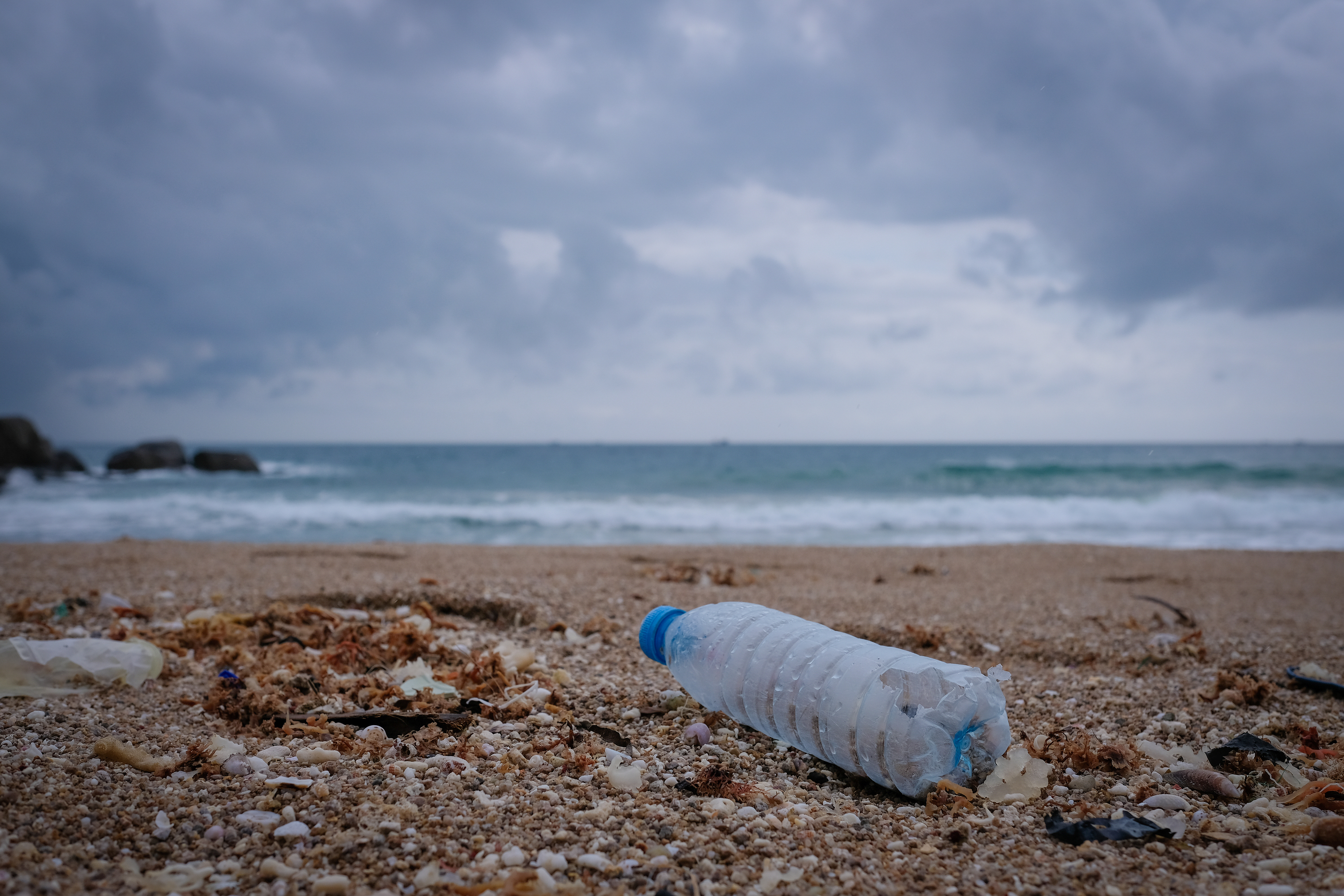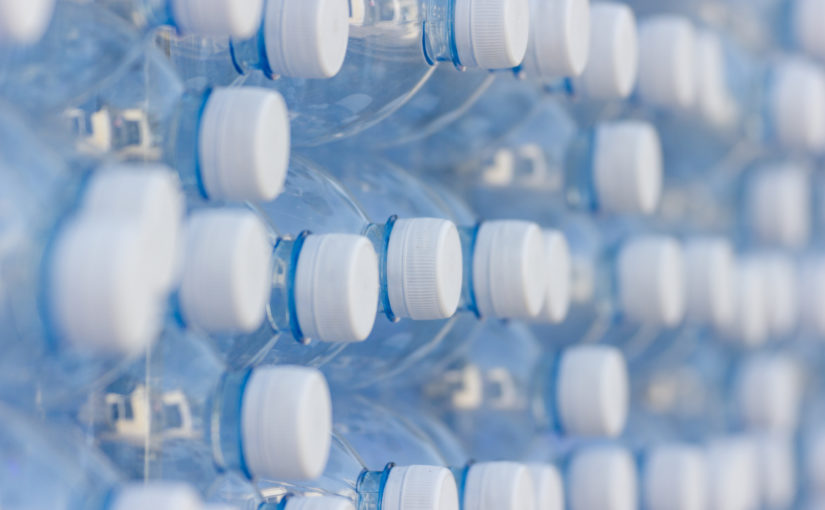If you are spotting lots of plastic litter when you walk around your local area or when you are doing a litter pick, it might be time to take control and, while working on reducing the amount of plastic waste your community produces, create some ecobricks.
What are ecobricks?
Ecobricks are building blocks made from unrecyclable plastics, which can then be used to create all manner of structures — from furniture, to garden planters; from toilet blocks to entire buildings!
They are made by stuffing an empty plastic drinks bottle with non-biodegradable waste, such as Styrofoam and plastic bags.
Why should I make ecobricks?
Creating an ecobrick takes material which would otherwise be waste and instead uses it to create a highly useful and long-lasting object, which can then be used to create buildings.
These bricks are zero-cost and can be made anywhere in the world, meaning people in developing countries can make them themselves, without having to rely on others, and use them to build the structures they need in their communities.
Communities that get involved in making ecobricks have far less litter than before they started, so it’s a great way to clear an area up.
How to make an ecobrick

Ecobricks are very simple to make. Firstly, depending on your project, you may want to source several identical bottles. These can be any size you like. You then follow the below rules:
- Use a clean, dry bottle. This is important because any organic matter left inside the bottle could weaken the brick and therefore the integrity of the structure you create.
- Collect your filler material. This should be clean, dry non-recyclable plastics. Make sure you fill any unusual shapes at the bottom of the bottle by stuffing them with small, soft plastics first, as air gaps would also weaken the brick. Chop up any large hard plastic material into smaller pieces so you can get them into the bottle, but also so they help to fill air gaps inside. Do not fill your bottle with anything other than clean, dry non-recyclable plastic.
- Mix hard and soft plastics up when filling your bottle to avoid air gaps, and press the waste down inside with a stick as you go, so you can fit more inside. You are aiming for a solid brick — if you can squeeze it, it’s not full enough!
- When you think you’ve filled your bottle enough, weigh it to double-check. Divide the volume of your bottle by three to find your target weight, or refer to the table below:
| Bottle volume (ml/l) | Target weight (g) |
| 330ml | 110g |
| 420ml | 140g |
| 500ml | 167g |
| 900ml | 300g |
| 1l | 333g |
| 1.5l | 500g |
| 2l | 666g |
What are the cons?
There are very few cons when it comes to ecobricks, however some people have suggested that they may not be the best idea long-term, because they are full of harmful chemicals which could be released into the environment.
Also, the only way to deal with them at a later date as waste would be to burn them or send them to landfill.
What are your thoughts on ecobricks? What would you build with them? Let us know in the comments below.
